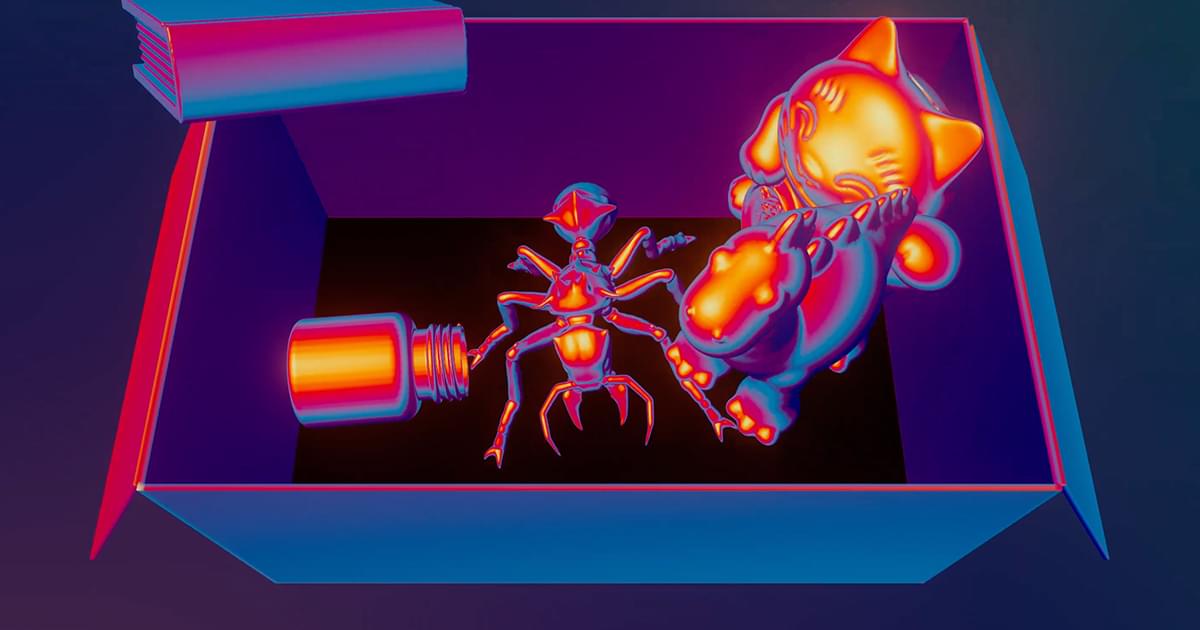Genetic differences are only the beginning of acquiring this rare ability.



RCT: Smartphone-based ecological momentary assessment found greater morning fatigue but reduced afternoon and evening fatigue in patients with Insomnia treated with suvorexant vs placebo.
Question What is the effect of insomnia suvorexant pharmacotherapy on daytime insomnia symptoms as assessed via smartphone ecological momentary assessment (EMA)?
Findings In this randomized clinical trial that included 40 older adults with insomnia, traditional outcomes assessments detected differences between suvorexant and placebo groups in daytime insomnia symptoms; however, EMA was sensitive to detect effects of insomnia pharmacotherapy at various times of day.
Meaning These findings suggest that EMA warrants further refinement in sleep and psychiatric research and clinical care.


A new study reveals how viruses that infect bacteria, called bacteriophages or “phages,” use a tiny piece of genetic material to hijack bacterial cells and make more copies of themselves.
The research shows that a very small RNA molecule, called PreS, acts like a hidden “switch” inside the bacterial cell. By flipping this switch, the virus can change how the bacterial cell works and push the infection forward.
Until now, most phage research has focused on viral proteins. This study shows that phages also use RNA molecules to quickly reprogram the host cell after the bacterial genes have already been read and bacterial messages (mRNAs) were made, adding an extra layer of control during infection.
PreS attaches to these important bacterial messages and tweaks them in a way that helps the virus copy its DNA and move more efficiently toward the stage where new viruses are produced and burst out of the cell, killing the bacterium.
Using advanced methods to map RNA–RNA interactions (termed RIL-seq), the researchers found that one of PreS’s key targets is a bacterial message that makes DnaN, a protein that plays a central role in copying DNA. By helping the cell make more DnaN, PreS gives the virus a strong head start in the infection process.
Interestingly, PreS works by changing the shape of the bacterial dnaN message.
Normally, part of this message is tightly folded, which makes it hard for the cell’s protein-making machines (ribosomes) to access. PreS binds to this folded region, opens it up, and allows ribosomes to read and translate the message more efficiently.

A great paper where Miyakawa et al. show attenuation of seizures using chemogenetics for the first time in a nonhuman primate model of epilepsy. I hope chemogenetics moves into clinical trials soon (this paper was published in 2023), it seems very promising as a therapeutic modality. [ https://www.nature.com/articles/s41467-023-36642-6](https://www.nature.com/articles/s41467-023-36642-6)
Pharmacological and surgical treatments of epilepsy can have unsatisfactory outcomes, so a more targeted and on-demand approach is desirable. Here, the authors demonstrate the usage of inhibitory chemogenetics in male nonhuman primates to attenuate the magnitude and spread of cortical seizures and subsequent body convulsions.




When fully automated waste and recycling facilities were just a concept in the industry, Norwegian municipal solid waste (MSW) hauling company Romerike Avfallsforedling (RoAF) turned the concept into a reality.
Powered by a sorting system installed by Germany-based Stadler Anlagenbau GmbH, RoAF opened the world’s first fully automated mixed waste processing facility in 2016 in the village of Skedsmokorset, just outside of Oslo, to help meet the needs of Norwegian municipalities that were facing high labor costs. While the concept was three years in the making, Stadler needed just three months to complete construction of the facility.
RoAF collects household and food waste from 10 municipalities in Norway, including Skedsmo, which boasts a population of roughly 53,000 people. When waste arrives at the automated plant, it’s first fed onto a conveyor, which delivers the waste into the sorting plant.

Fully automated autonomous city face_with_colon_three
Final Thoughts
The photos above are intended to open your mind to the possibilities of living in a 24-hour city.
There are many side effects to automation and not all of them are positive. But one aspect of our automated future will be 24-hour access to most goods and services, many of which are only available during normal business hours today.